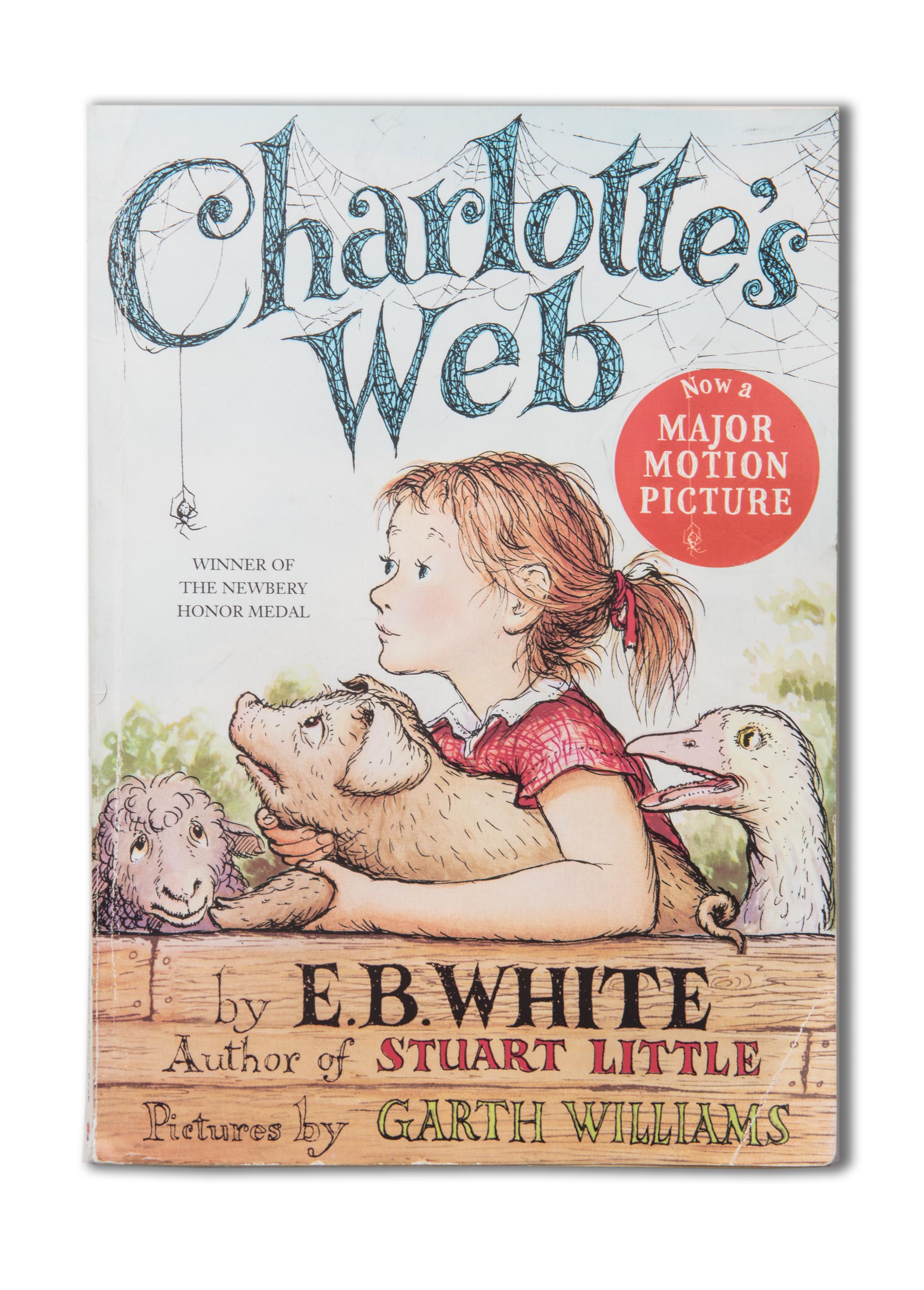50. Charlotte’s Web

Fourth grade students use E.B. White’s classic Charlotte’s Web to learn close reading and annotation of texts and to create individual final projects highlighting a theme present in White’s classics.

The fourth grade Language Arts Program offers a wide variety of experiences with books. The first unit of the year sets the stage. Students are introduced to new tools of literary exploration through a study of the iconic American writer, E. B. White. An essayist at the New Yorker Magazine, a gentleman farmer in Maine, and the co-writer of a still-used style manual, White is best known today for his three children’s books. The children start the unit by reading Charlotte’s Web. The first time they read it, they read straight-through without additional work. The second time they read it, students begin the real work when they are introduced to the idea of close reading and annotating a book. While some may have used sticky notes in the past, this is the first time they have ever WRITTEN IN A BOOK! Each teacher models how to do a close reading with the first chapter and the children marvel at how much can be uncovered through a close reading of a great book. Annotating can be a wonderful experience as they set about on a quest for thematic notes, figurative language, connections to real life and more. Excitedly, they each take on a chapter to annotate independently and then share what they have discovered in whole class seminars. This is followed by readings of one or both of White’s other children’s books, Stuart Little and The Trumpet of the Swan. A final project with an art component offers a chance for each child to explore one of the themes that is evident in all three books. These books become mentor texts for the rest of the year as children annotate, do close readings, and continue to do scholarly literary explorations.
—Sylena Goodman, Fourth Grade House Advisor